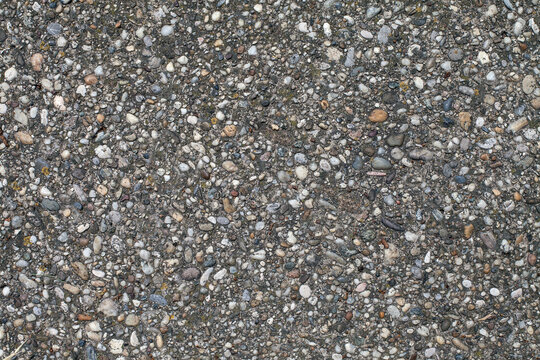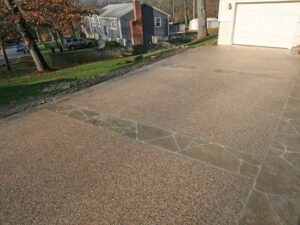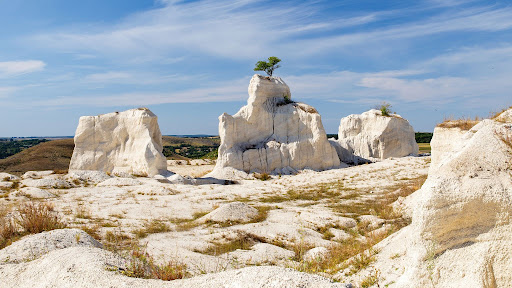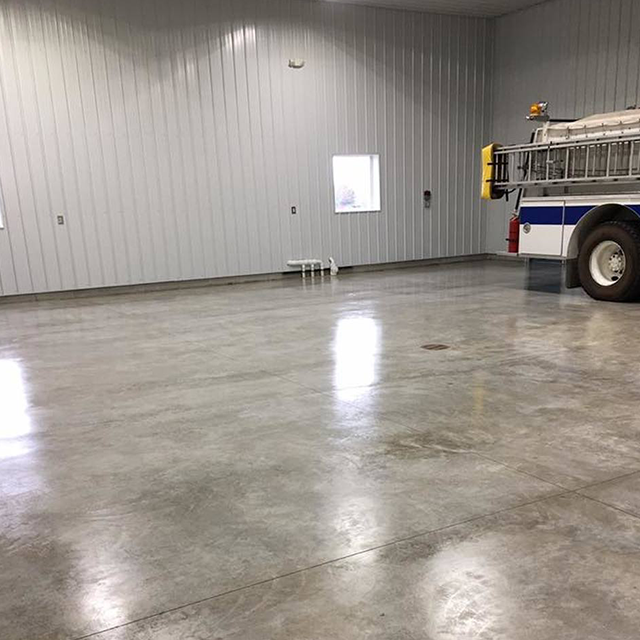What are the Types of Exposed Aggregates?

Is Concrete A Child-Friendly Flooring Choice?
September 21, 2022
What Kind of Material is Ideal for Constructing a Patio in the Backyard?
November 25, 2022Exposed aggregate provides concrete with a distinctive appearance, allowing you to express a bit of your creativity. However, this contemporary and fashionable concrete finish poses a difficult decision: which type of surface will you choose? With a variety of colours, styles, sizes, and shapes available, it isn’t easy to weigh your alternatives and select the best type of aggregate.
In this article, we will be taking a look at the different types of exposed aggregates so that you will be able to make the right choice by learning more about each of their distinct attributes.
What exactly is Exposed Aggregate Concrete?
The days when concrete was merely utilitarian and uninteresting are long gone. Exposed aggregate concrete is a beautiful pavement material for driveways, walkways, patios, and other outdoor areas. This design features a concrete foundation with an exposed top layer. This top layer can consist of a combination of sand, cement, ornamental stones, pebbles, granite, or gravel. Exposed aggregate concrete is in high demand and is widely used to give homes an upscale, designer appearance.
Exposed aggregate is as durable as any flat, hard floor and can withstand more tremendous pressure than natural stone. Most importantly, the exposed aggregate surface can withstand years of intense weather conditions with minimal maintenance. The aggregate surface will retain its quality for many years, independent of placement. If you clean and add a seal, its lifespan will be significantly extended.
This exposed layer of aggregate can be natural or manufactured, with a variety of natural stones and durable materials used to create a surface that complements the aesthetic of your home. You can select from a variety of sizes and textures. Consider this when building a gorgeous garden landscape or durable kitchen slabs. With this form of paving, you may match your property’s exterior to your home’s overall aesthetic.
Types of Exposed Aggregate
Exposed Aggregate can be composed of a vast array of materials. To select the optimal concrete aggregate you will use, it is necessary to understand how this material is poured and completed. All of these will result in a distinct appearance, texture, and performance for the concrete’s surface.
Here are three standard methods of laying concrete to help you understand your selections:
- Standard Aggregate
Natural aggregate is a component of all concrete mixes added to a batch of concrete. This is the most straightforward approach to choosing an exposed aggregate finish. This aggregate is most likely sand, gravel, or rock that has not been compacted. There is limited control over the aggregate positioning, and the stones are arranged at random.
- Topping Aggregate
By topping the concrete base with aggregate, surface texture can be more precisely controlled. In this procedure, a concrete foundation is formed and left to dry. During the second phase, the aggregate is applied to provide the desired finish. This is accomplished by pouring a concrete slab, followed by pouring an extra layer (or topping concrete) once the slab has dried. This layer is typically between 1.5 and 2 inches thick. This topping can be filled with a detailed aggregate, giving you more control over the appearance and finish.
- Seeded Aggregate
Another typical method for preparing an exposed aggregate finish for outdoor spaces is seeded aggregate. You have the most control over the finish of your concrete when you use seeded aggregate. This is done by placing (or “seeding”) aggregate on the surface of wet concrete at the time of placement. This gives you the most creative control over how your concrete looks. It gives you a lot of control over how the finish looks, but it takes a lot more work.
Alternative techniques to expose the top layer
Once the base layer of concrete has been properly laid out, there are many different approaches you can employ to expose the top layer, including:
- Sandblasting
In this process, a stream of abrasive material, such as sand, is violently blasted under high pressure to give the surface a sandpaper-like texture.
- Set retarder
Set retarders are specialised chemicals sprayed on the surface of a concrete layer to prevent it from drying. After the layer beneath has dried, the top layer is washed with a hose and a large brush to reveal it.
- Acid itching
In this procedure, muriatic acid and water are applied to the surface of the concrete, progressively eroding the cement and sand layers. The aggregate material is exposed to reveal a sandblasted-like appearance.
- Concrete polishing or grinding
This method is used to remove a thin coating of cement to achieve a finish similar to the tiles. Grinding eliminates the thin coating of cement paste and reduces the aggregates to a uniformly smooth, terrazzo-like surface.This is done specifically to give indoor tiles a glossy sheen.
Conclusion
There are many reasons why exposed aggregate is a better way to pave than other options. It’s a beautiful and long-lasting way to finish off your outdoor surfaces. Getting exposed aggregate concrete is a complicated process that is hard to do if you haven’t worked with concrete before. It is better to hire professionals and specialists to do the job for you. The company that will be supplying your project with exposed aggregate concrete will be able to help you choose the best finish and colour for the inside.
If you are looking for professional exposed aggregate specialists in Perth, then Fluid Limestone is the team that you need to get in contact with! If you are building a new home and looking for the best possible way to utilise your outdoor space and complete your property’s look, there’s no need to look further. We understand your needs and can help you provide the best outdoor flooring solutions that look great and will last you for years. Even if you are looking to renovate your outdoor space to give your house a complete makeover, we can work within your budget to build attractive layouts. We specialise in driveways, pathways, patios, and pool areas. Based on your requests, we can also work with our materials at any location you choose. At Fluid Limestone, client satisfaction is our highest priority!





